How Ethiopian coffee is graded why Ethiopian coffee beans vary in size

Professional coffee knowledge exchange more coffee bean information please follow the coffee workshop (Wechat official account cafe_style)
Coffee fans who often make their own coffee at home should have noticed that coffee beans in Ethiopia are all of different sizes, such as almost all coffee beans in other areas are about the same size. what is the reason? In the next article, Qianjie Coffee will take a look at why Ethiopian coffee beans are of different sizes and what their grading standards are.
Why do Ethiopian coffee beans vary in size?
Experienced coffee fans know that Ethiopia is the birthplace of coffee, and there are as many as 5, 000 varieties of Ethiopian native coffee beans found in the forest of the southern Kaffa region alone. Among them, there are nearly 2000 coffee bean varieties recorded (of which 1927 are native varieties and 128imported varieties).
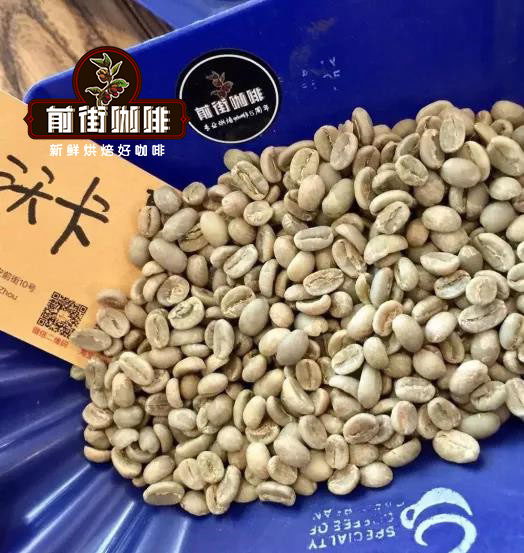
[picture shows coffee beans and raw beans from Yega Sheffivoka Cooperative in Ethiopia]
And according to Qianjie coffee review data, it is known that there are about 10000 to 15000 family heirloom varieties in Ethiopia, most of which have not yet been formally genetically identified. It is precisely because of the astonishing number of varieties, on the one hand, it is difficult to identify and classify them, and on the other hand, the Ethiopian government is unwilling to disclose the information of these varieties for the sake of protection, so it is collectively called "native species Heirloom".
So Ethiopia is a coffee breed bank with a lot of potential. Among them, such as iron pickup, rose summer coffee varieties all originated in Ethiopia, there are thousands of beans, which is the first reason for the different sizes of Ethiopian coffee beans.
Ethiopian coffee bean grading system
Secondly, the current situation of different sizes of Ethiopian coffee beans also stems from its coffee grading system. Before the emergence of the Ethiopian Commodity Exchange (Ethiopia Commodity Exchange referred to as ECX), Ethiopia's coffee export grade was established by the CLU Department of the Ministry of Agriculture (Cupping and Liquoring Unit), which mainly graded coffee raw beans according to the number of defective beans in 300g, as shown in the table below.
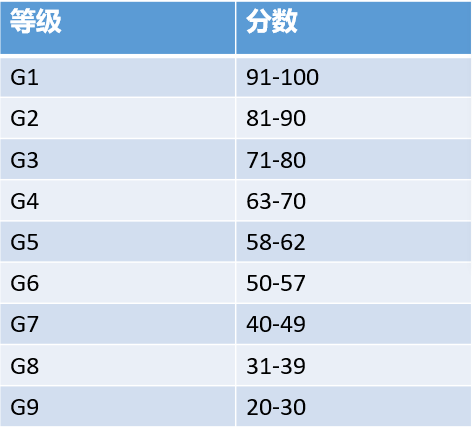
General washing treatment is G1-G2, due to the technical problems of sun treatment at that time, the number of defects of raw sun beans is relatively large, generally G3-G5, with the improvement of sun treatment technology, now the sun beans can also reach the G1-G2 level.
Current Ethiopian ECX grading system (suitable for private processing plant systems exported through ECX or raw beans exported through ECX)
According to Qianjie Coffee, Ethiopian coffee producing areas were graded by the combination of physical properties of raw coffee beans and cup flavor characteristics after the establishment of ECX (Ethiopia Commodity Exchange) in 2008.
ECX defines all types of coffee as unwashed and washed according to the way they are treated:
a. The number of defects in Speciality is less, and the cup test has high flavor quality.
b. Commerical does not reach the boutique grade, but it is higher than the domestic consumption grade (Local / Domestic).
c. Local / domestic (Local / Domestic) coffee with relatively poor flavor caused by many defects (unripe beans), out-of-season and poor storage. (Ethiopia digests internally and does not circulate in the international market)
Among them, boutique and commerce are aimed at the export international market. The grading standards of different types are slightly different. Next, Qianjie Coffee will share the grading criteria for the commercial and boutique grades of Ethiopian coffee beans.
Commercial grade classification standard
ECX divides coffee raw beans into nine grades according to the total score of physical attribute characteristics and cup test flavor characteristics, of which the physical feature score accounts for 40%, and the cup test mass fraction accounts for 60% (SCAA cup test standard). The grading criteria are shown in the table below.
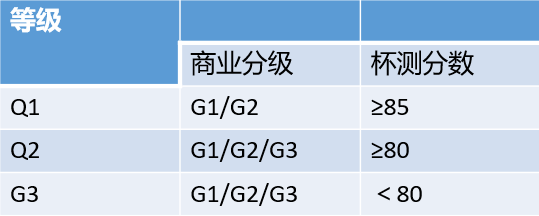
The score of 15-19 is classified as UG, indicating that it is not graded.
Classification standard of high-quality goods
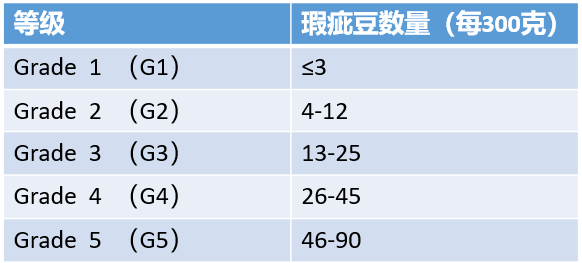
The basic requirement is that this grade is actually rated on the basis of commercial grading. When the commercial rating is up to Grade 1-3, the cup test is specially evaluated. For evaluation criteria, please refer to the basic requirements of SCA standard cup test.
Physical feature scores account for 40% (washing group: number of defects 20% + appearance size 10% + color 5% + odor 5%; non-washing group: number of defects 30% + odor 10%)
The mass fraction of cup test accounts for 60% (cleanliness 15% + acidity 15% + alcohol thickness 15% + flavor 15%)
The above is the relevant content sorted out by Qianjie Coffee about why Ethiopian coffee beans vary in size, hoping to help coffee fans who want to know about it. And the current Ethiopian coffee beans in Qianjie coffee shop are almost all the highest grade G1 coffee beans, and they are absolutely guaranteed in flavor and quality. Coffee beans such as Yega Chuefei Sun Red Cherry Coffee beans and Water-washed Fruit Ding are excellent in flavor, so next Qianjie Coffee will recommend some high-quality Ethiopian coffee beans to coffee fans.
Front Street Coffee Essex plus Sheffield Sun Red Cherry Coffee beans

Country: Ethiopia
Producing area: Yega Xuefei
Altitude: 2300m
Variety: native species
Treatment: sun treatment
Flavor: berries, lemons, strawberries, fermented wine
Qianjie Coffee this sun-red cherry coffee beans are made from 100% ripe coffee beans, so they are fragrant, sweet and fermented.

The origin of this coffee bean comes from the "Red Cherry Project" jointly launched by Ethiopian local coffee farmers and Dutch trader Trabocca. It aims to improve the quality of coffee on small-scale farms and increase the income of farmers. To pick fully ripe coffee fruit, we should not only pick the fruit with high maturity of full red, but also harvest it by hand, but this is only the most basic requirement. There are also corresponding requirements for the treatment of coffee beans.
Qianjie Coffee Essex Tintin Cooperative Coffee beans
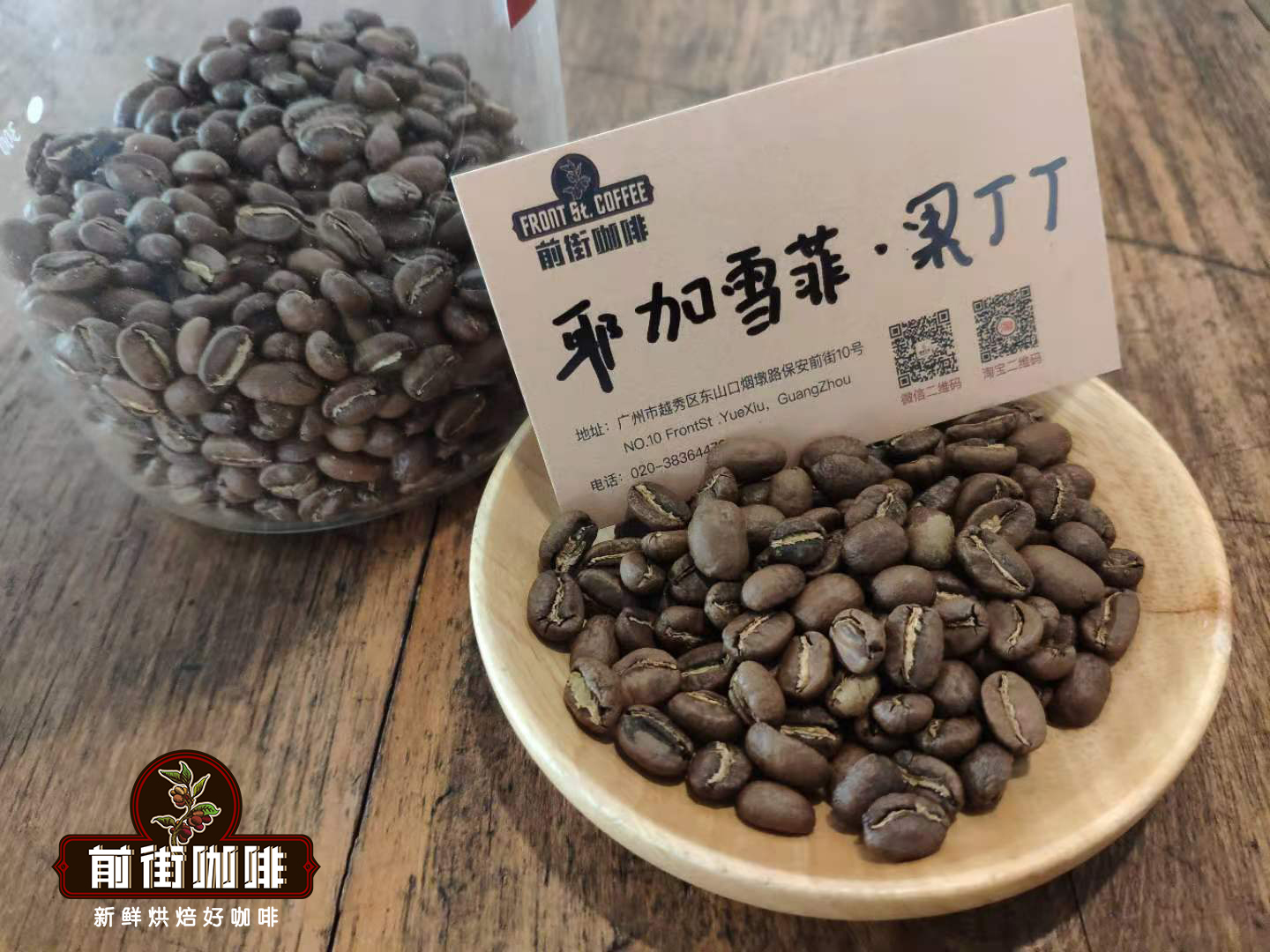
Country: Ethiopia
Producing area: Yega Xuefei
Altitude: 1900-2300m
Variety: native species
Treatment: washing treatment
Flavors: tropical fruits, cream, honey, berries, citrus
According to Qianjie, the Guotintin Cooperative was originally part of the Waka Cooperative of the YCFCU of the Yega Sheffield Union. It became an independent Guotintin Cooperative in 2012 and now has more than 300 smallholder members. At the same time, it is precisely because Guodingding Village is the first independent village area, and many small farmers were also members of the Waka Cooperative, so the technology of producing coffee is not to mention. The natural flavor of the coffee beans is excellent.
Front Street Coffee Essex Damo Huakui Coffee beans

Country: Ethiopia
Producing area: Sidamo
Altitude: 2250-2350m
Variety: native species
Treatment: sun treatment
Flavor: berries, scented tea, honey, lemon, black tea
This is because the bean itself is a nameless adzuki bean. In 2017, Ethiopian raw bean manufacturer dw sent the coffee to the TOH (the Taste Of Harvest) raw bean competition organized by the African Coffee Association. A batch from the "Buku Abel" processing plant won the TOH Ethiopia championship with its strong strawberry and cream aroma. This bean is the literal translation of "Hanbela" in English.
The reason why it is called "Sakuran" in China is that this batch of raw beans was introduced by Beijing's raw bean traders. Because of the identity of the champion, it was named "Sakuran".
For more boutique coffee beans, please add private Qianjie coffee on Wechat. WeChat account: kaixinguoguo0925
Important Notice :
前街咖啡 FrontStreet Coffee has moved to new addredd:
FrontStreet Coffee Address: 315,Donghua East Road,GuangZhou
Tel:020 38364473
- Prev
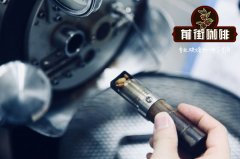
How about Ethiopian Purple Fengling DASAYA Coffee? how about Shaquiso Coffee producing area?
Professional coffee knowledge exchange more coffee bean information please follow the coffee workshop (Wechat official account cafe_style) Ethiopia purple wind chimes DASAYA for hundreds of years, Ethiopia has been providing some of the world's best evaluated single high-quality coffee beans. Generally speaking, Ethiopian coffee is famous for its fruit wine and obvious acidity. Ethiopian planting environment
- Next
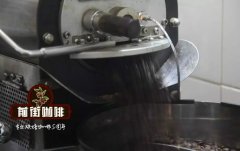
The difference between raw and cooked coffee blending | what is the formula for sharing coffee blending?
Professional coffee knowledge exchange more coffee bean information Please follow the coffee workshop (Wechat official account cafe_style) blending coffee is the main product on the menu of most coffee shops, every roaster should master it. However, from designing and baking a blended coffee, there are some special challenges for the baker. He needs to know what to use from different places and varieties.
Related
- Detailed explanation of Jadeite planting Land in Panamanian Jadeite Manor introduction to the grading system of Jadeite competitive bidding, Red bid, Green bid and Rose Summer
- Story of Coffee planting in Brenka region of Costa Rica Stonehenge Manor anaerobic heavy honey treatment of flavor mouth
- What's on the barrel of Blue Mountain Coffee beans?
- Can American coffee also pull flowers? How to use hot American style to pull out a good-looking pattern?
- Can you make a cold extract with coffee beans? What is the right proportion for cold-extracted coffee formula?
- Indonesian PWN Gold Mandrine Coffee Origin Features Flavor How to Chong? Mandolin coffee is American.
- A brief introduction to the flavor characteristics of Brazilian yellow bourbon coffee beans
- What is the effect of different water quality on the flavor of cold-extracted coffee? What kind of water is best for brewing coffee?
- Why do you think of Rose Summer whenever you mention Panamanian coffee?
- Introduction to the characteristics of authentic blue mountain coffee bean producing areas? What is the CIB Coffee Authority in Jamaica?

